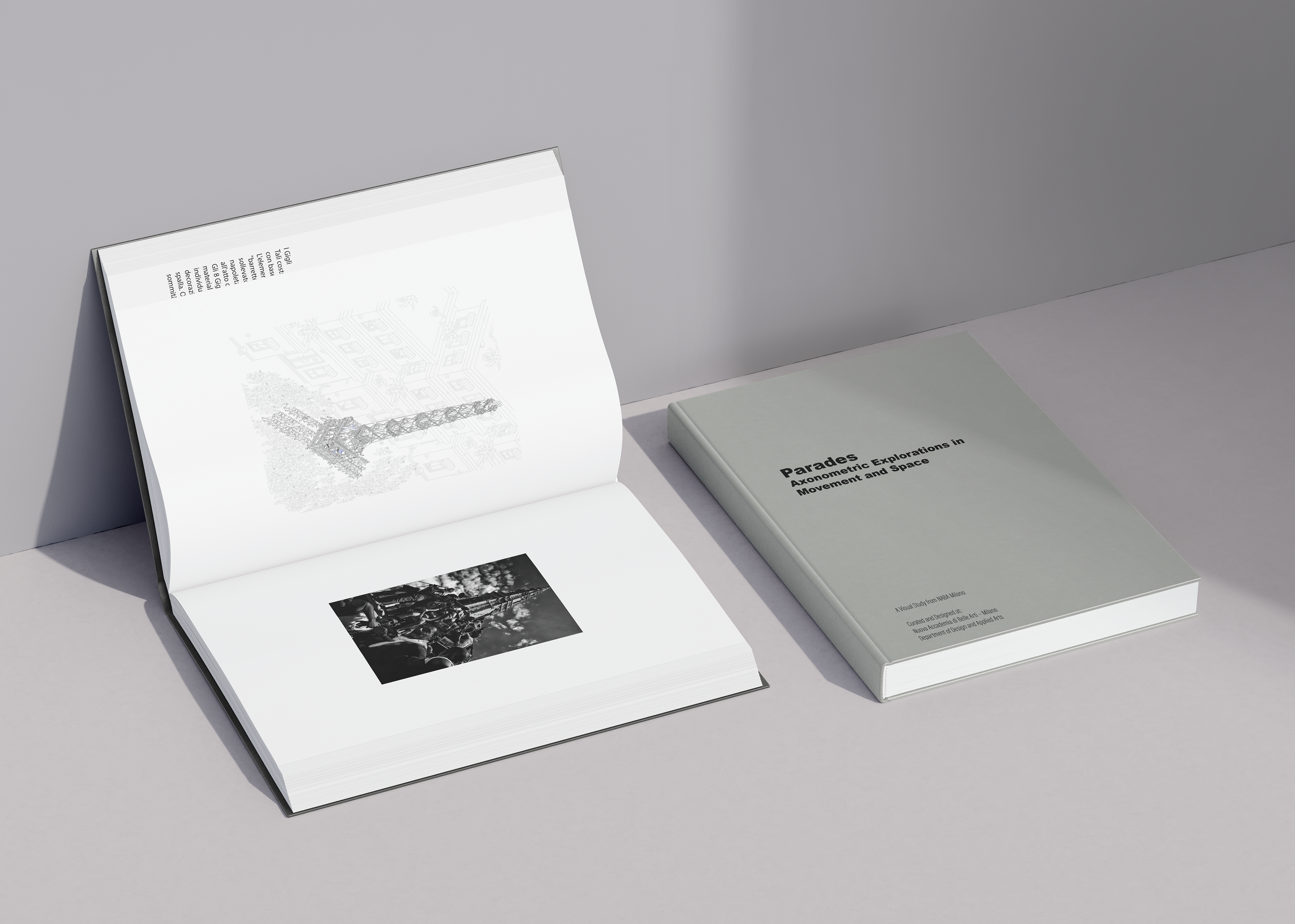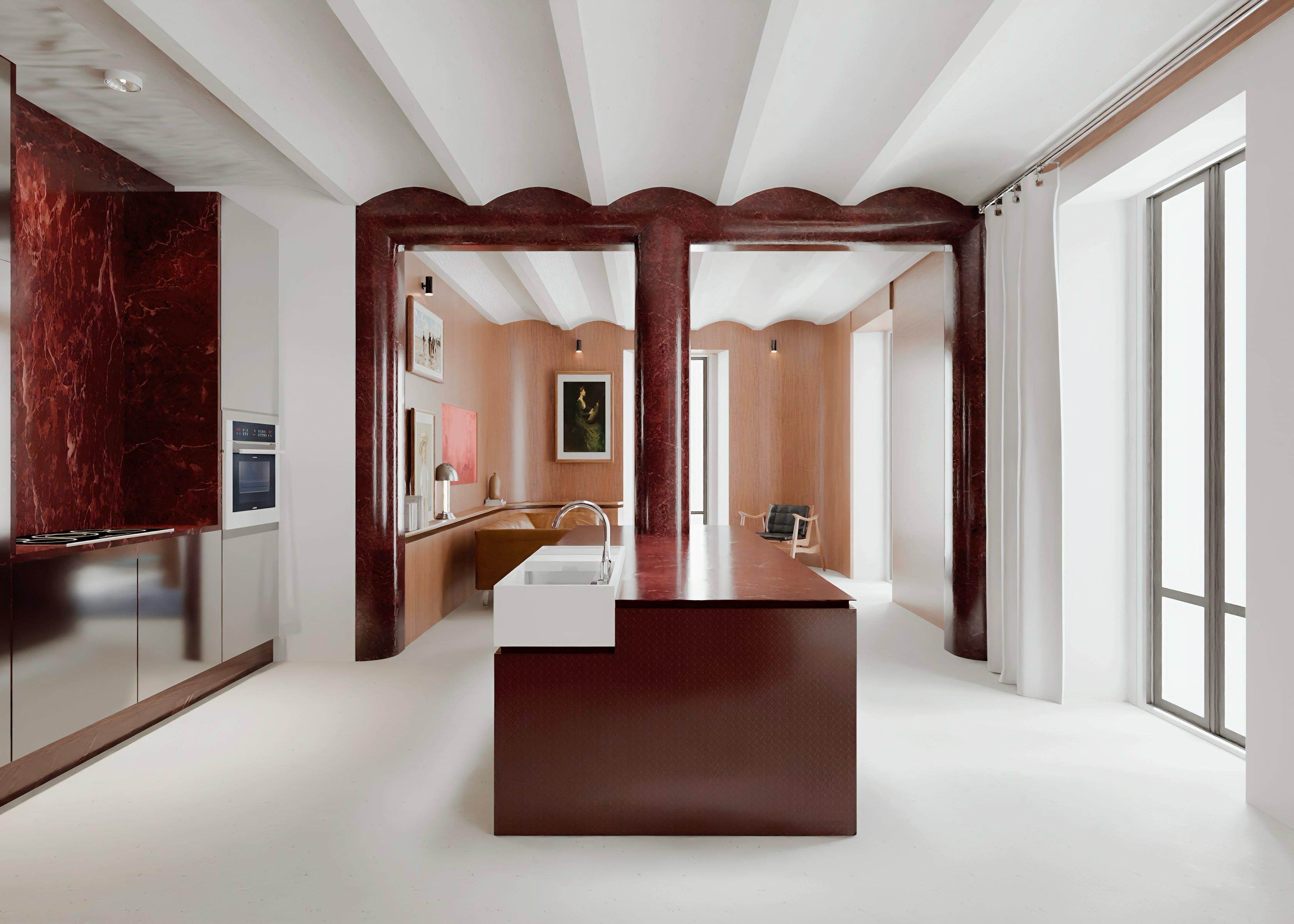Equality, co-existence, and communication are the words that people talked about the most in 2020. With the Covid-19 pandemic breakout, human life and behaviors changed dramatically. Recordings of empty streets and squares all around the world made people realize the connection between spaces and bodies more deeply. People saw that spaces and bodies bring meaning to each other. Each develops and improves together to something new in time. Maybe the first time in a long time people start to feel each other's pain, and struggle without thinking about any labels. People become more connected in such times that connection is the most difficult. We co-existed in such spaces through our cameras.
As designers, architects, and artists who use various means of communication, be it multimedia, sound, performance, or the broad field of design, we consider our visual field as the area of contact with our heritage and our cultural and professional foundations. In this thesis, the experiences of these hard times transform into a new way of creating a dialogue between bodies and spaces.
Moving to a different country first and then actually living in two countries at the same time showed me as a designer and interior architect that, spectacular social ‘‘happenings’’, events, or movements through public spaces are based on similar yet very different dialogues. Creating and studying the fundamentals of this dialogue create a visual bridge between two cities; Milan and Ankara.
Three pairs of public spaces and the bodies can have the opportunity to wave hello and socialize with their counterparts and actually see that we are not that different.
Technology and new media and design could articulate and expose the problematic world in which we live. With media and technology, we can achieve two things at the same time. We can do cultural, performative work, and also we can transform the understanding and awareness of the world. They can provide an image of the world from the point of view of those from different backgrounds, and cultures of labels.
As designers, architects, and artists who use various means of communication, be it multimedia, sound, performance, or the broad field of design, we consider our visual field as the area of contact with our heritage and our cultural and professional foundations. In this thesis, the experiences of these hard times transform into a new way of creating a dialogue between bodies and spaces.
Moving to a different country first and then actually living in two countries at the same time showed me as a designer and interior architect that, spectacular social ‘‘happenings’’, events, or movements through public spaces are based on similar yet very different dialogues. Creating and studying the fundamentals of this dialogue create a visual bridge between two cities; Milan and Ankara.
Three pairs of public spaces and the bodies can have the opportunity to wave hello and socialize with their counterparts and actually see that we are not that different.
Technology and new media and design could articulate and expose the problematic world in which we live. With media and technology, we can achieve two things at the same time. We can do cultural, performative work, and also we can transform the understanding and awareness of the world. They can provide an image of the world from the point of view of those from different backgrounds, and cultures of labels.









